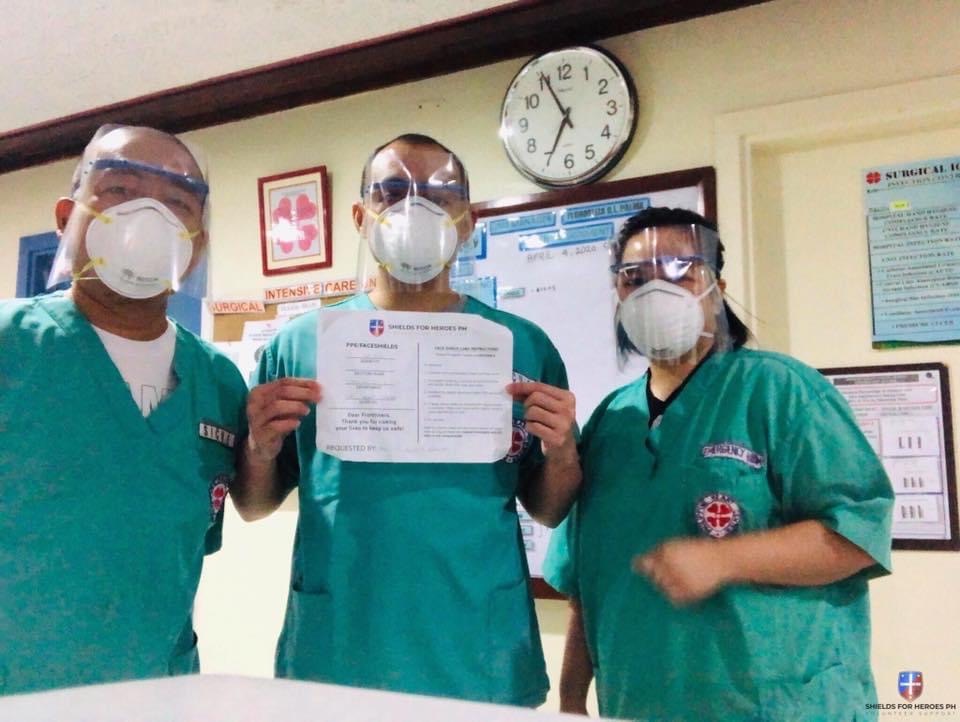
Led by an MBA graduate from UP, volunteers behind Shields for Heroes PH are producing face shields made of polypropylene plastic and polyvinyl chloride. In five short days, they were able to produce and release 32,000 units for use by people who need them most—the country’s front liners.
By ALEX Y. VERGARA
Photos from Jensen Tan and Shields for Heroes PH’s Facebook accounts
Not in a millions years did Jensen Tan probably imagined himself being involved in such an endeavor, but it has unexpectedly brought the MBA graduate from the University of the Philippines fulfillment beyond measure. Fulfillment and satisfaction not probably found even in a thriving business or the top post of a multinational company as its CEO.

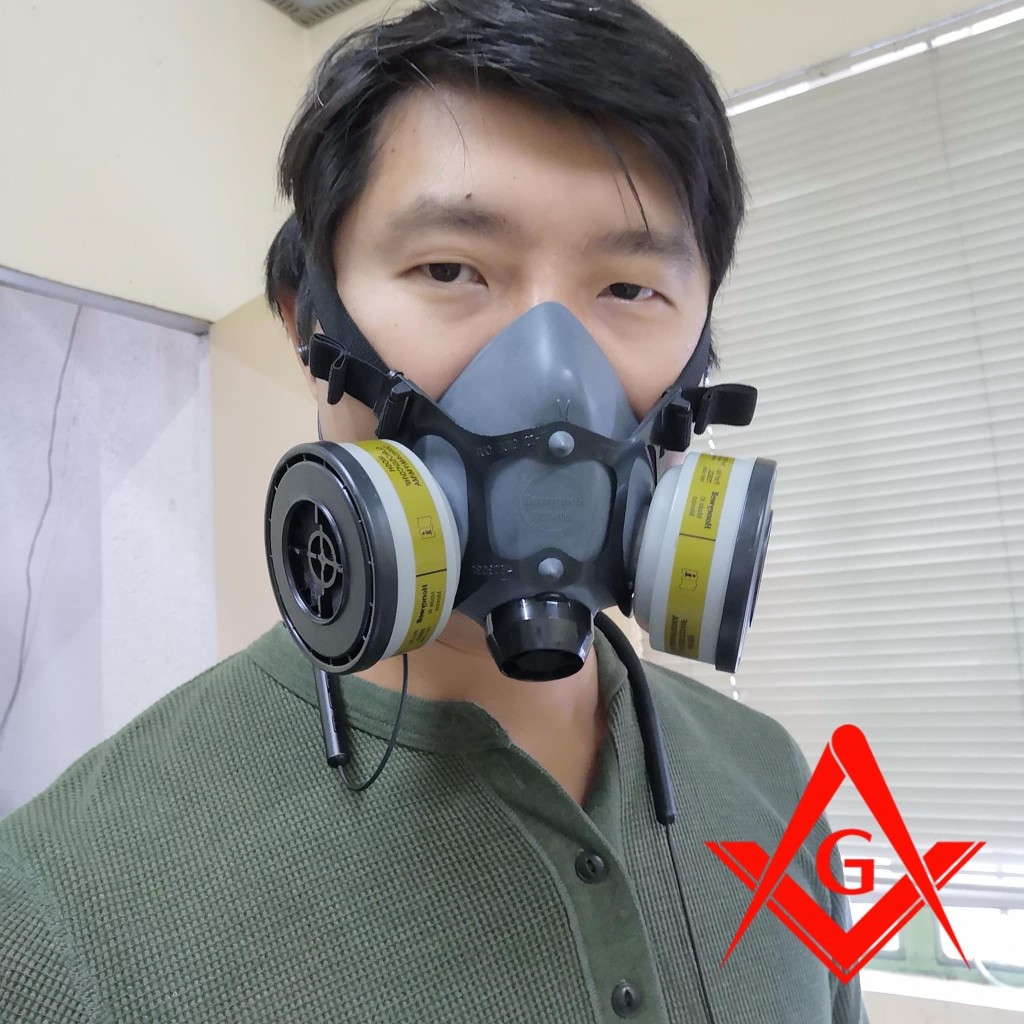
For more than two weeks now, Jensen and his collaborators at Shields for Heroes PH have been producing thousands of lifesaving protective face shields and giving them out for free to the country’s front liners in the fight of their lives against the novel coronavirus.
The idea was hatched when Jensen saw how such a vital medical equipment could be quickly reproduced with the use of 3D printers.
“When I started seeing doctors dying due to COVID-19, I thought that we could help a lot more by mass producing them (face shields) using injection moulding,” he shares via Facebook Messenger.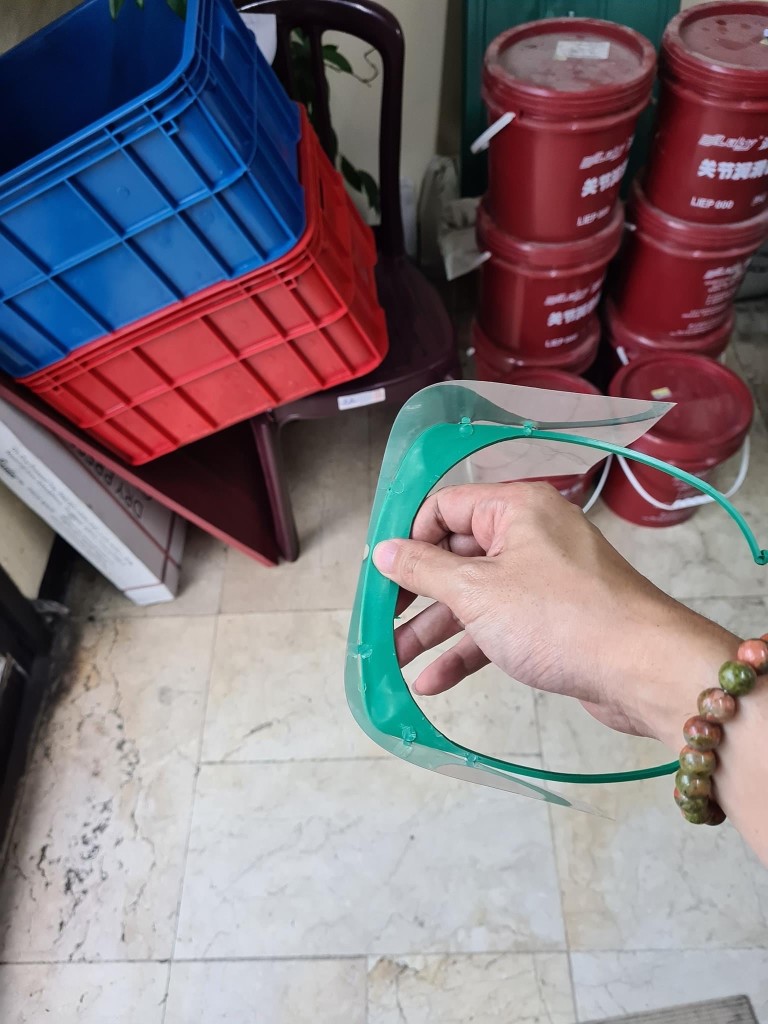
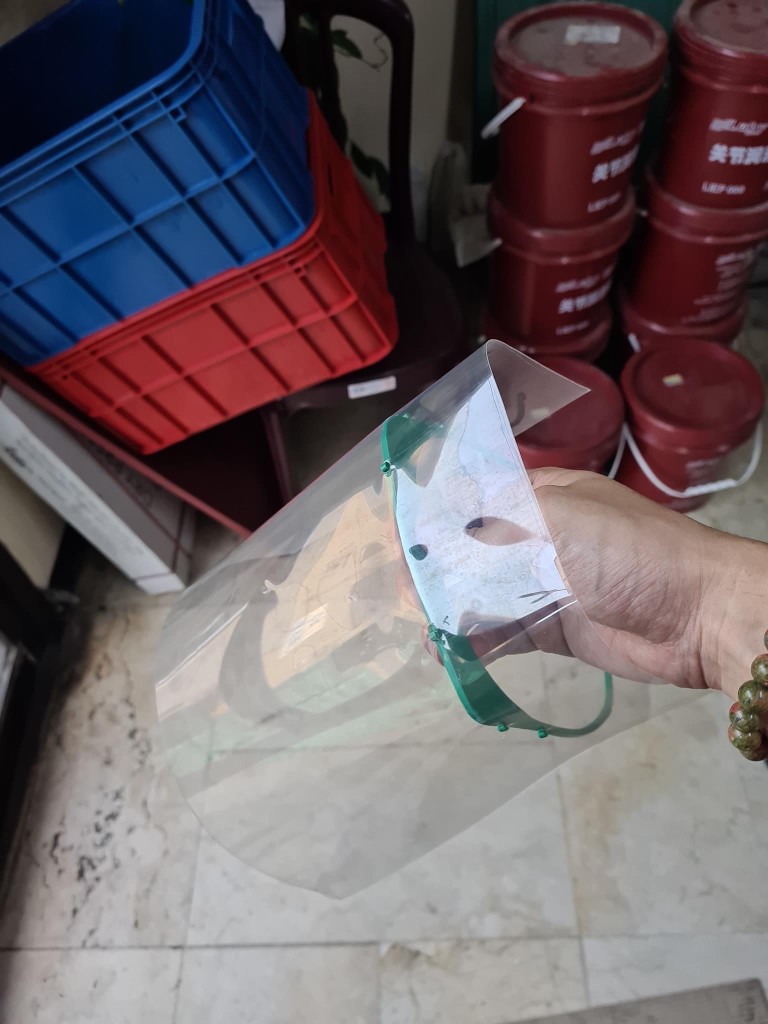 Their version consists of putting together frames made of polypropylene plastic with lightweight transparent shields made of polyvinyl chloride. The fact that Jensen isn’t a chemist or an engineer didn’t deter him to give it a try.
Their version consists of putting together frames made of polypropylene plastic with lightweight transparent shields made of polyvinyl chloride. The fact that Jensen isn’t a chemist or an engineer didn’t deter him to give it a try.
Thanks to people whom he has never met personally, but started consulting online, he was able to get useful and practical tips on how to initially go about it.
“There are really a lot of good people out there who volunteer their time and knowledge to help others out during this crisis,” he adds.
Jensen was also able to meet online Cat del Rosario-Cruz, who has now become the group’s project coordinator. Cat, in turn, brought in friends such as Michael Pascual, Ara Roldan, Karen Jumarang, Paolo Jara and Pau Sepagan. They now make up the group’s PR and database team.
They were soon joined by Dr. Shiela Afalla, Ram and son Lev Mallari, and lawyer Jerwin Lopez, who are all in charge of logistics. Sherwin Co and Jensen’s cousin Kenric Wee are in charge of donations. Everyone, says Jensen, is working pro bono as volunteers.
As of April 4, Jensen and his collaborators have released around 32,000 units of face shields to some of the country’s front liners. Production, he assures, will continue as long as funds don’t run out.
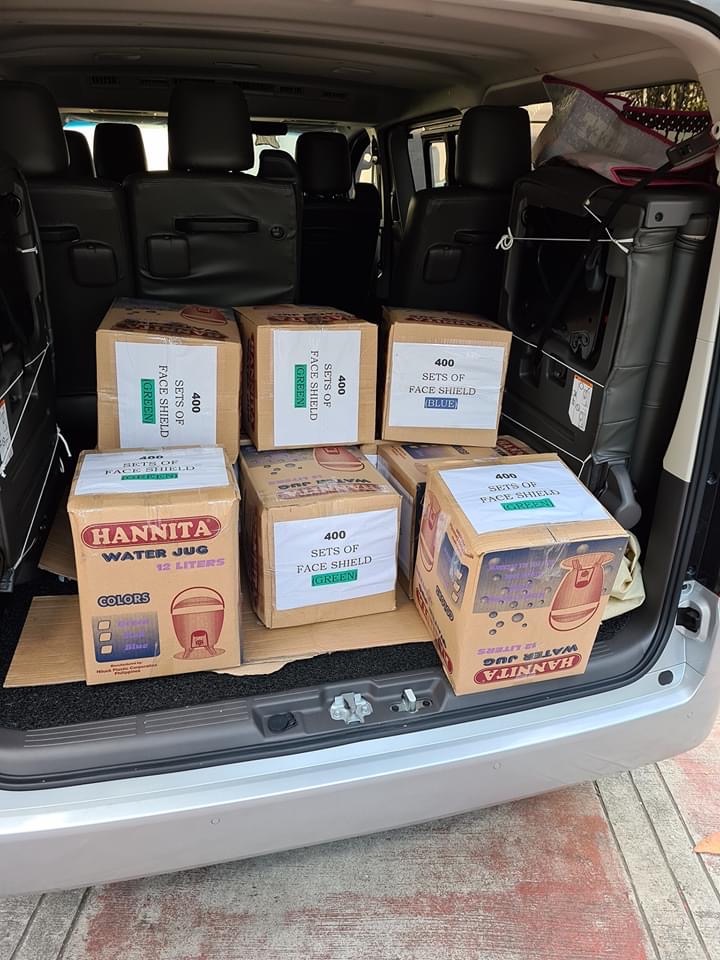
There’s solid science behind the use of proper face shields, especially in the frontlines—hospitals’ emergency rooms, operating rooms and ICUs.
“There’s reason to believe that the COVID-19 virus, being close to 0.1 micron in size, isn’t just found in respiratory droplets that fall immediately to the floor, but can also be spread as micro-particles that hang longer in the air when infected persons cough, sneeze, speak or get swabbed,” he says.
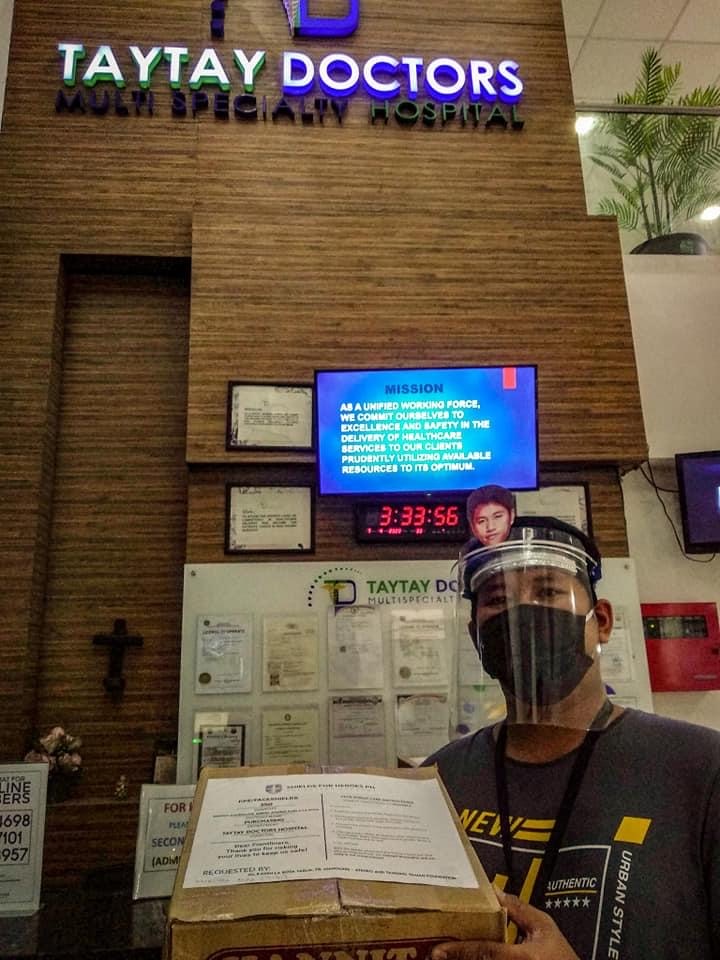
Since the coronavirus can enter our system via the mouth, nose and eyes, wearing a face shield, especially when paired with a mask, has become imperative for frontline people. Apart from providing them with an immediate barrier against infectious droplets, a face shield makes the wearer more mindful not to touch his or her face with possibly contaminated hands.
Since the demand right now for face shields from the country’s hospitals is overwhelming, Shields for Heroes PH is focusing its efforts in making and donating them to the country’s healthcare front liners. But they’ve also allocated a good number of units to other front line institutions.
“We fund our efforts mainly through donations,” he says. “We’re still open to donations so that we can continue providing protection to our front liners.”
Visit Shields For Heroes PH Facebook page for details on how to request for face shields and how to help.
Did you like what you’ve read? Please leave your comments at the comments section below.


